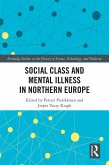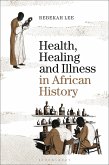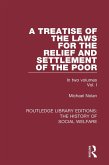The chapters, which are based on primary-source evidence ranging from antiquity to the late twentieth century, are divided into three sections. The first part explores how the idea of faking illness was understood and conceptualized across multiple fields, locations, and time periods. The second part uses case studies to emphasize the human element of those at the center of these narratives and how their behavior was shaped by societal attitudes. The third part investigates the development of regulations and laws governing malingering and malingerers. Altogether, they paint a picture of humans doing human actions-cheating, lying, stealing, but also hiding, surviving, working.
This book's careful, accessible scholarship is a valuable resource for academics, scientists, and the sophisticated undergraduate audience interested in malingering narratives throughout history.
Dieser Download kann aus rechtlichen Gründen nur mit Rechnungsadresse in A, B, BG, CY, CZ, D, DK, EW, E, FIN, F, GR, HR, H, IRL, I, LT, L, LR, M, NL, PL, P, R, S, SLO, SK ausgeliefert werden.









